Southern Maidenhair Fern: Complete Care And Growing Guide
The delicate adiantum capillus-veneris, or maidenhair fern is a great addition to a woodland garden or indoor plant collection.
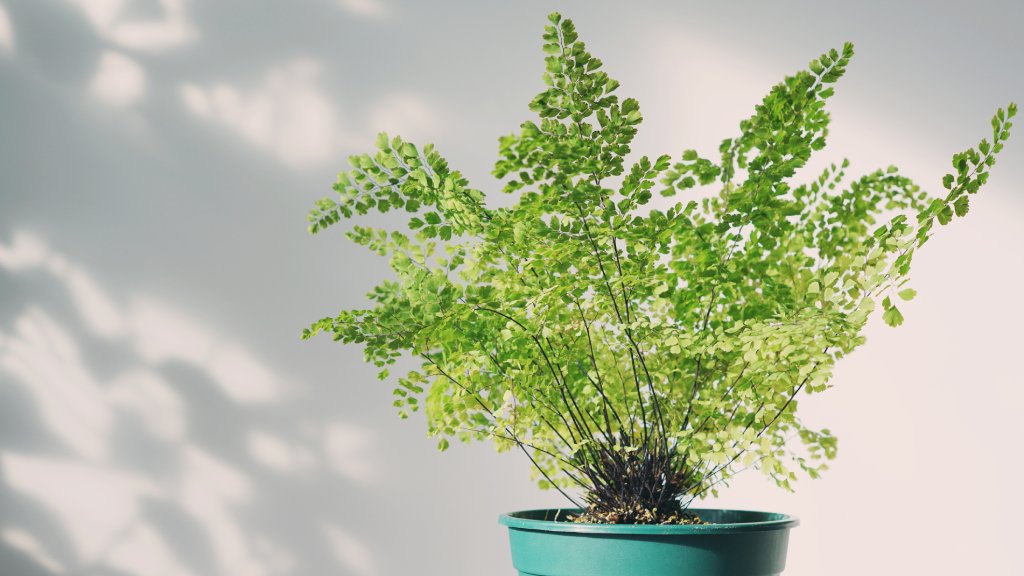

Quick Southern Maidenhair Fern Facts:
- Botanical name: Adiantum capillus-veneris
- Height: 10 inches to 2 feet (25 cm to 0.6 m)
- Spread: 10 inches to 2 feet (25 cm to 0.6 m)
- Sun exposure: Part shade to deep shade
- Soil requirements: Moist, neutral-to-alkaline, well-drained, organic rich soil
- Hardiness zones: USDA 6-9; UK H3
- When to plant: Spring, after frost has passed
What Is A Southern Maidenhair Fern?
Southern maidenhair fern is a delicate, sprawling fern that requires specific growing conditions to do well. Also called Venus maidenhair fern or Venus hair fern, Adiantum capillus-veneris is hardy in USDA zones 6-9. With protection, it may survive to zone 5.
Its light green, deciduous leaves are fan-shaped with lobed edges on arching, black stems, which lends itself to another common name - black maidenhair. The fern does not bloom but produces reproductive spores on the undersides of its leaves. It is native to temperate and tropical areas worldwide.
Southern maidenhair fern is suitable for container culture, woodland gardens, naturalized areas or native plantings.
How To Grow And Care For A Southern Maidenhair Fern
At home among wet limestone rocks, maidenhair fern can thrive in the following conditions:
Light
Maidenhair fern requires part shade, such as dappled shade under a tree, to full shade. Too much sunlight will burn the fronds.
Water
Venus maidenhair needs constant moisture but in well-draining soil. Do not let the soil completely dry out or the fern will die back quickly. Water it consistently in spring and summer, but reduce the water in winter while it is not growing.
Temperature & Humidity
Humidity is preferred with mild temperatures. Hot, dry wind can damage the fern.
Gardening tips, videos, info and more delivered right to your inbox!
Sign up for the Gardening Know How newsletter today and receive a free copy of our e-book "How to Grow Delicious Tomatoes".
Soil
The maidenhair fern’s soil can be neutral to slightly alkaline in sandy, loamy, or amended clay, and it requires soil that is well-draining. It prefers moist soil that is rich in organic matter.
Fertilizer
Indoors, you can fertilize maidenhair fern with a diluted houseplant fertilizer every three weeks. Do not over-fertilize. Outdoor ferns can be fertilized in spring after new growth begins. Use a balanced, slow-release fertilizer to prevent over-fertilization.
Problems, Pests & Diseases
The maidenhair fern is relatively disease and pest-free. Avoid spraying the fern with insecticide, which can kill it. Too much sun may scorch the leaves. Deer generally avoid maidenhair fern.
How to Plant a Southern Maidenhair Fern
Plant maidenhair fern in well-draining soil high in organic matter in a shady to partly-shady location. Plant it as deep as it was in the container. Water well and mulch to help keep the soil moist and roots shaded.
Pruning
To control the size of this plant, simply cut it back to the desired size. Cutting it back also will stimulate new growth.
Propagation
You can propagate maidenhair fern by rhizome division in early spring every three to five years. (This is the preferred method for home gardeners.)
Ripe spores from the plant can be propagated on a humus-rich medium. Keep the medium moist and preferably covered with a plastic bag over the container. Spores should germinate within 6 weeks. Pot up the new plantlets as soon as they can be handled. Keep them indoors for two years.
How to Grow a Southern Maidenhair Fern Indoors
Grow maidenhair fern indoors with indirect light, a humid environment, average indoor temperatures, and constant moisture. Do not allow the fern to dry out. Mist it daily or set the pot on a tray of pebbles with about ¼ inch of water. You also can increase humidity by keeping the fern in a cache pot. Fill the space between the two containers with moist sphagnum moss.
Keep the fern away from heat and air conditioning vents. Ferns can do well in a terrarium.
Repotting
Repot southern maidenhair fern when roots begin to show on the surface of the soil or roots emerge from the drainage holes.
Overwintering
If the maidenhair fern is not hardy in your area, it can be overwintered indoors. Bring it inside before freezing temperatures arrive in the fall and treat it as a houseplant during the winter.
Frequently Asked Questions
What Is the Difference Between Northern and Southern Maidenhair Ferns?
Northern maidenhair ferns (Adiantum pedatum L.) are more cold hardy than southern maidenhair, typically to zone 3. The leaves resemble a foot rather than a fan. It also thrives in rich soil in a shaded situation.
Why Is My Maidenhair Fern Turning Brown?
Maidenhair fern will die back quickly if it is allowed to dry out. It may regrow from the base.

After graduating from Oklahoma State University with a degree in English, Susan pursued a career in communications. In addition, she wrote garden articles for magazines and authored a newspaper gardening column for many years. She contributed South-Central regional gardening columns for four years to Lowes.com. While living in Oklahoma, she served as a master gardener for 17 years.
-
 Looking For Plants To Give You The Soft And Fuzzies? Try These 5 Fuzzy Leaf Plant Options
Looking For Plants To Give You The Soft And Fuzzies? Try These 5 Fuzzy Leaf Plant OptionsLovers of texture, drama, silver foliage and tactile plants will adore these special sensory garden additions. These fuzzy leaf plant options will leave you all aglow
By Susan Albert
-
 Get Ready For A Summer Of Hummers! Grow These Full Sun Hummingbird Plants and Flowers
Get Ready For A Summer Of Hummers! Grow These Full Sun Hummingbird Plants and FlowersIf you’re lucky enough to enjoy a sunny backyard, make sure you are maxing out on your pollinator opportunities and grow these full sun hummingbird plants and flowers
By Tonya Barnett
-
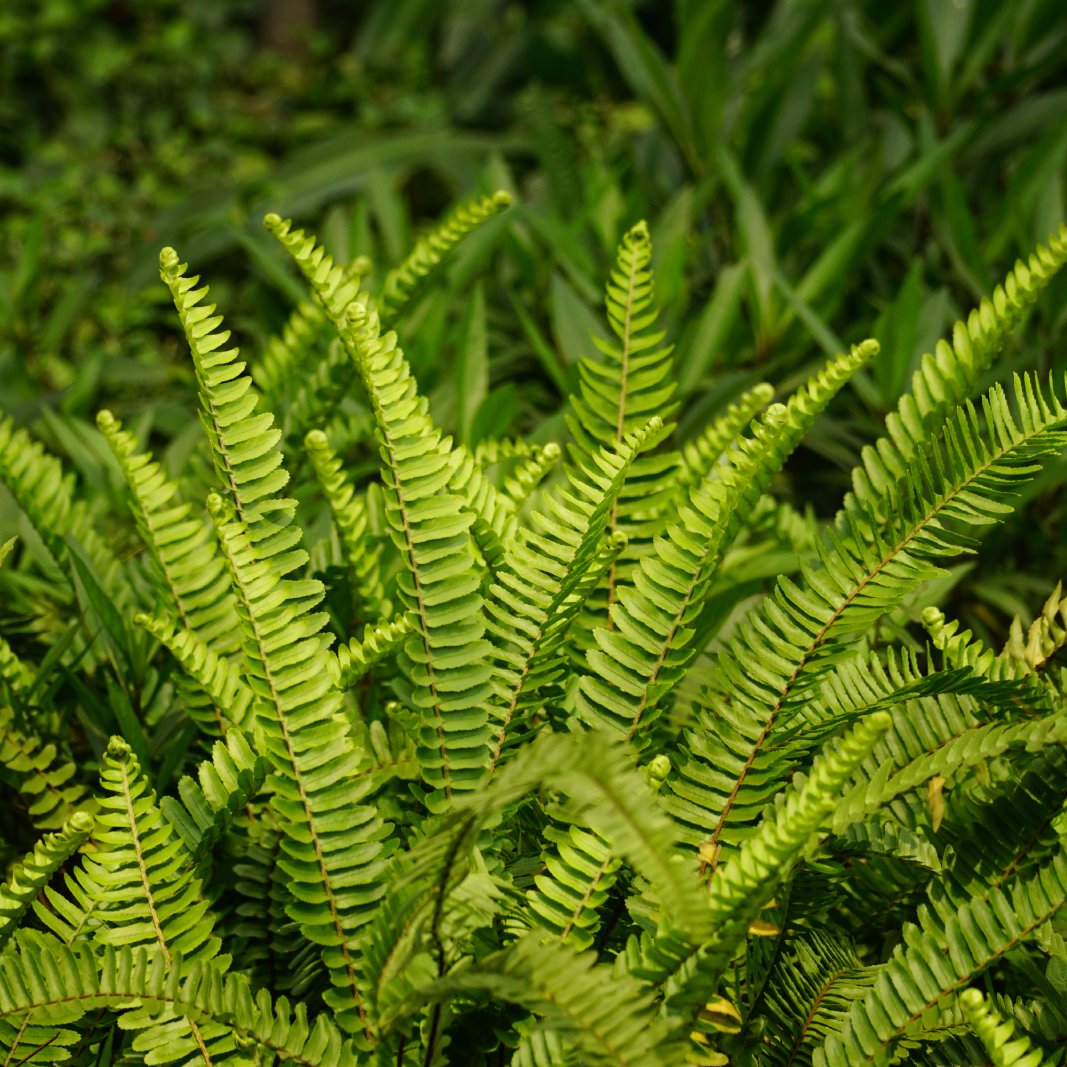 Polypodium Care: How To Grow And Care For Polypodium Ferns
Polypodium Care: How To Grow And Care For Polypodium FernsA small fern with a funny name, the polypodium - or polypody fern - likes to be shaded by trees and enjoys a moist environment.
By Bonnie L. Grant
-
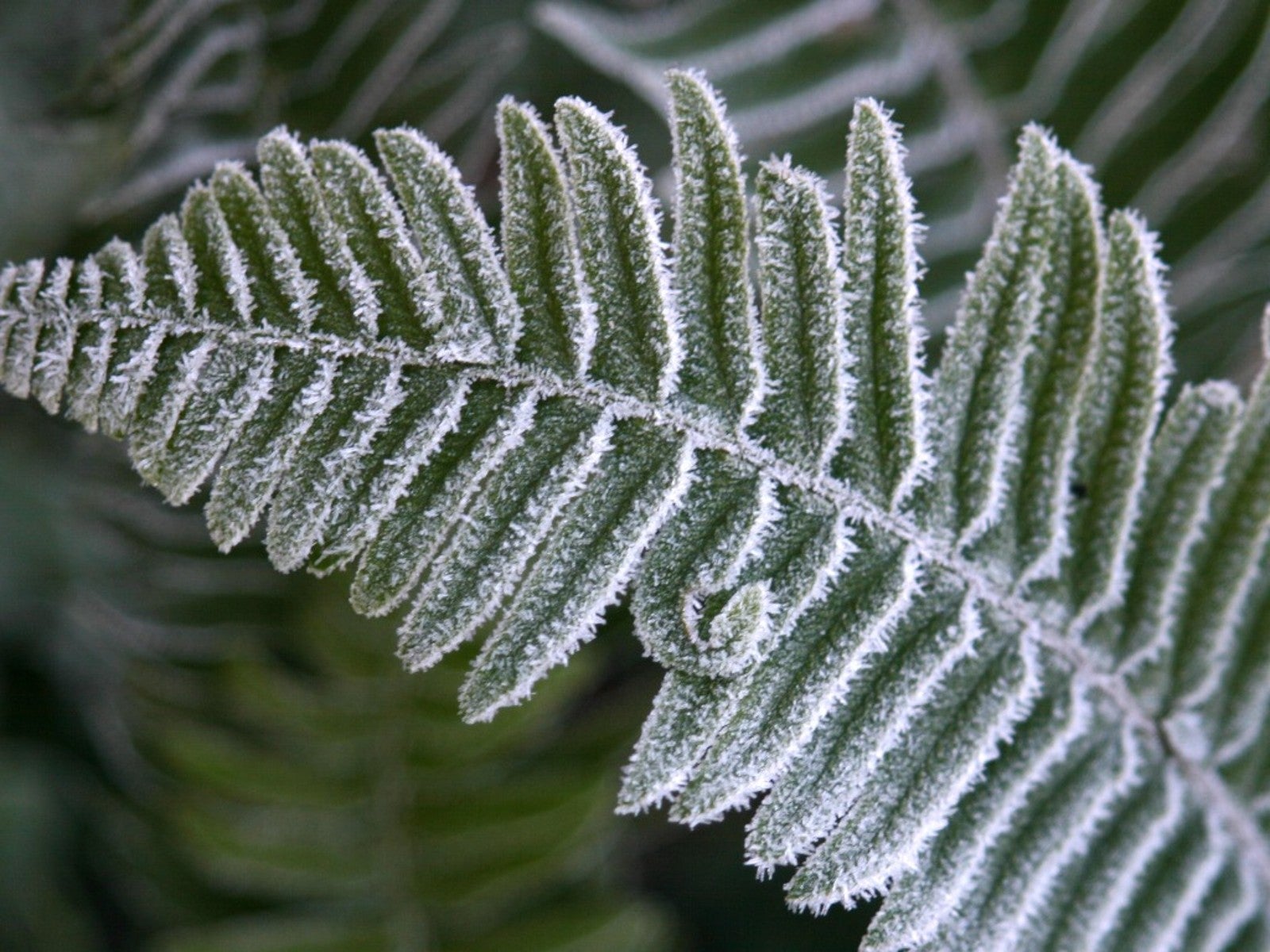 Hardy Ferns For A Green Garden All Year Long
Hardy Ferns For A Green Garden All Year LongFerns are always a beautiful addition to your landscape. Learn which ones can take the cold weather and still stay green.
By Mary Ellen Ellis
-
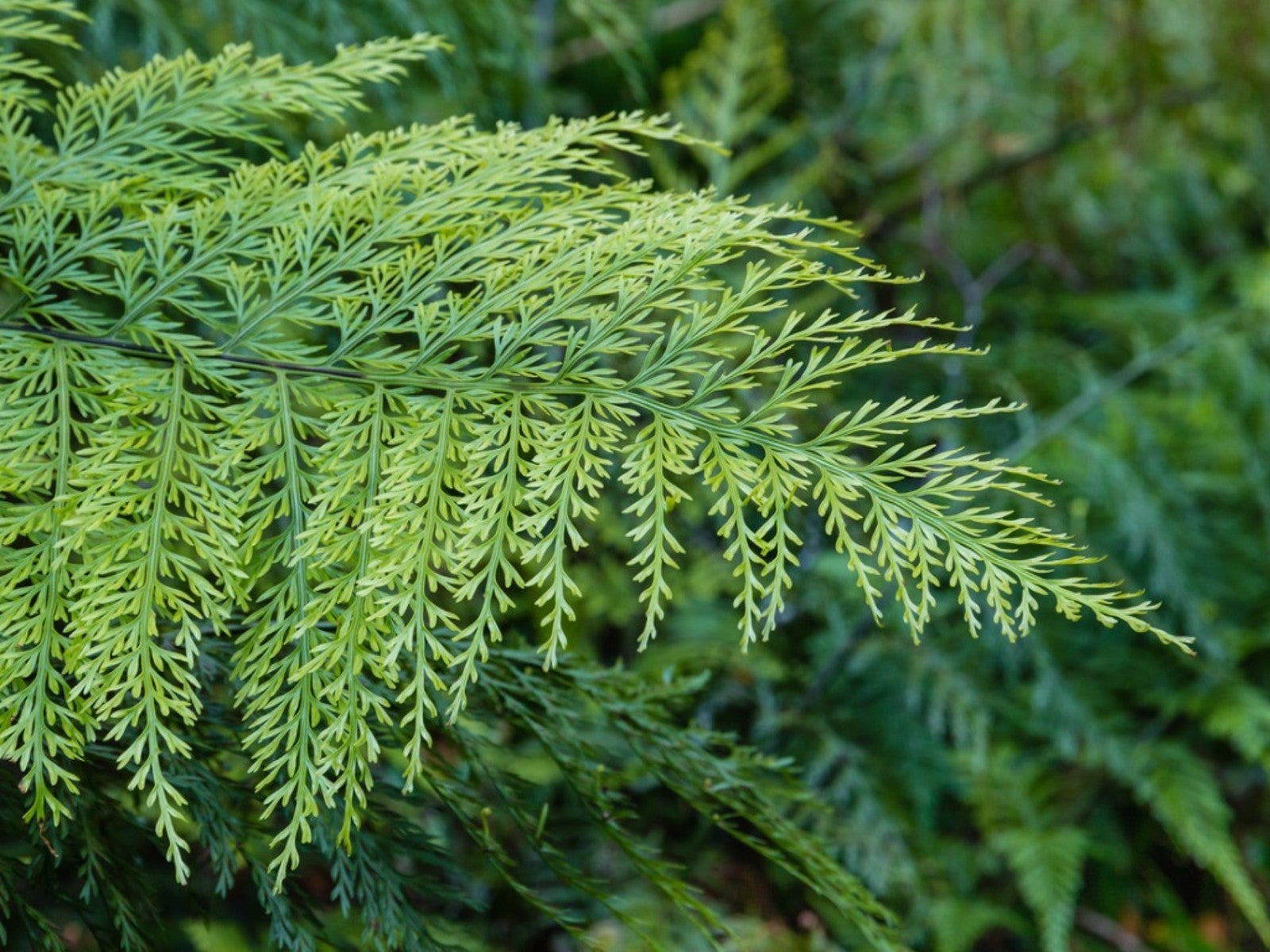 How To Care For A Tropical Mother Fern Indoors
How To Care For A Tropical Mother Fern IndoorsMother fern is a fern native to New Zealand sold as a common indoor houseplant. Click the following for information on mother fern indoor care and propagation.
By Amy Grant
-
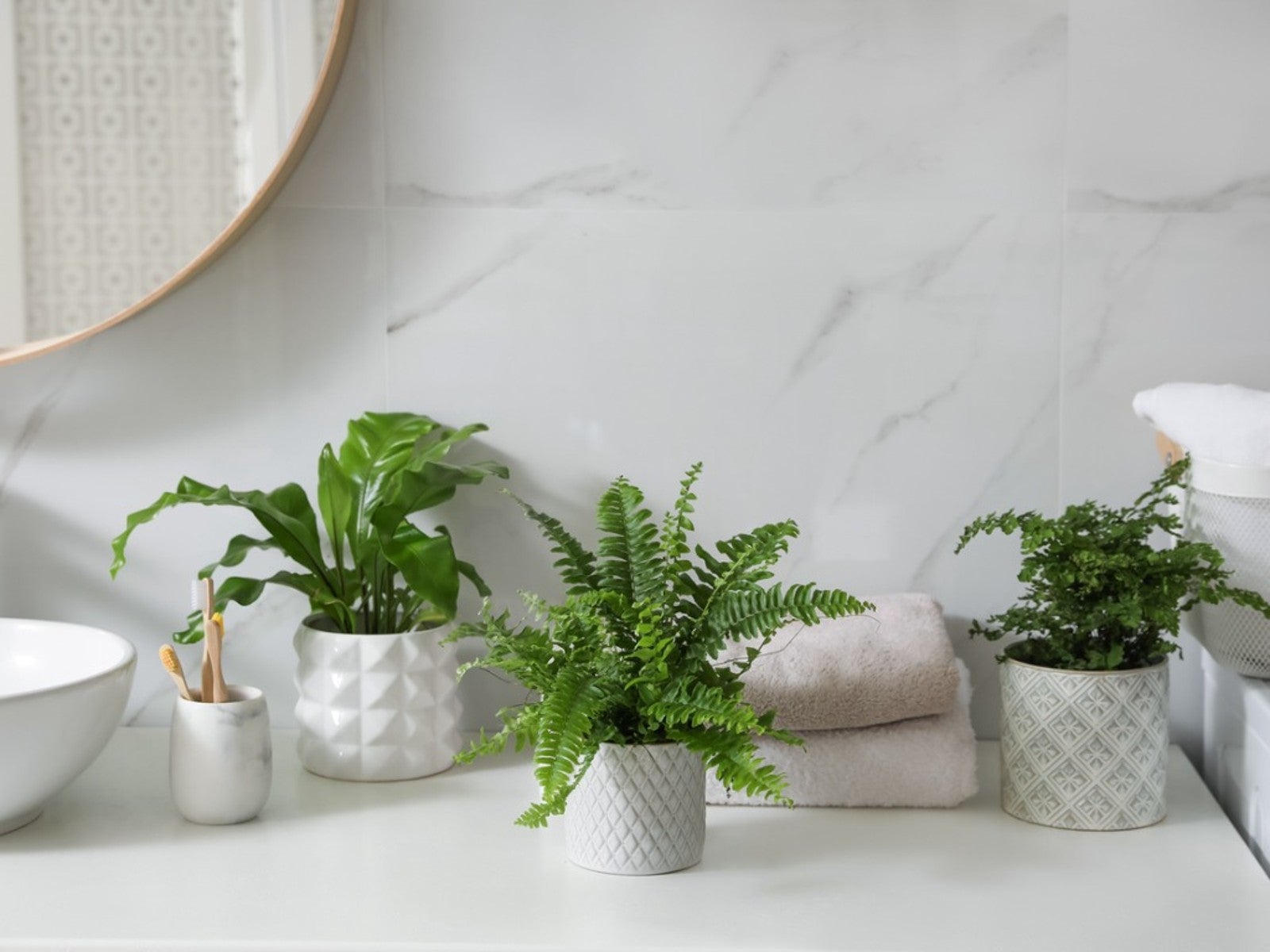 Growing Ferns As Houseplants: 9 Types Of Ferns To Grow Indoors
Growing Ferns As Houseplants: 9 Types Of Ferns To Grow IndoorsFern houseplants can add a tropical feel to an indoor space. Click here for nine beautiful varieties of fern well-suited to indoor growing.
By Mary Ellen Ellis
-
 Shield Fern Plant Info – Growing Southern Shield Ferns In Gardens
Shield Fern Plant Info – Growing Southern Shield Ferns In GardensFor a shade loving and deer resistant plant, try growing Southern Shield ferns. Click here for more information on this fern variety.
By Amy Grant
-
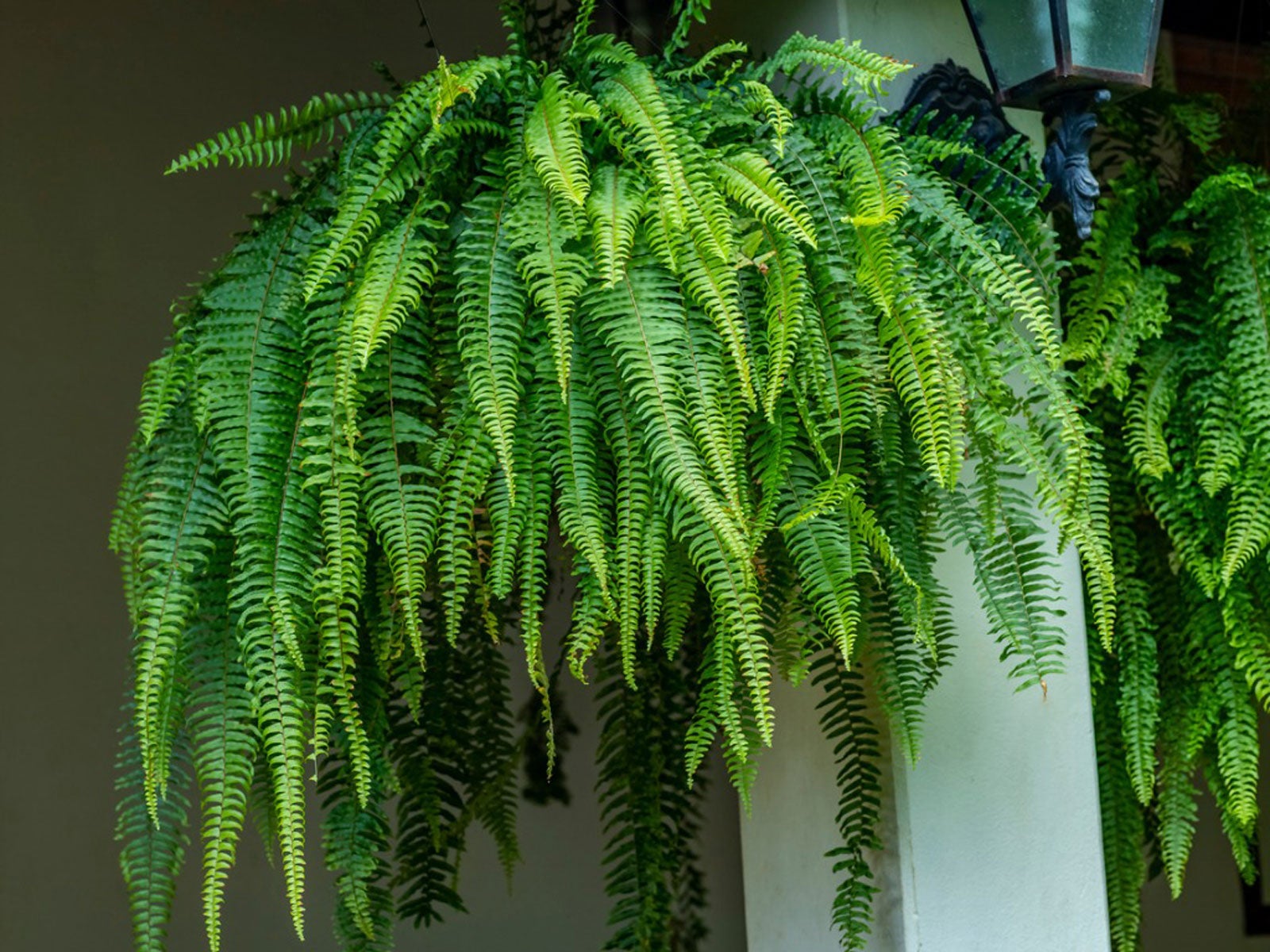 Fern In A Hanging Container: Care Of Ferns In Hanging Baskets
Fern In A Hanging Container: Care Of Ferns In Hanging BasketsFerns in hanging baskets are charming, and growing ferns in hanging containers outdoors is common over summer. Click here for tips on growing hanging ferns.
By Mary H. Dyer
-
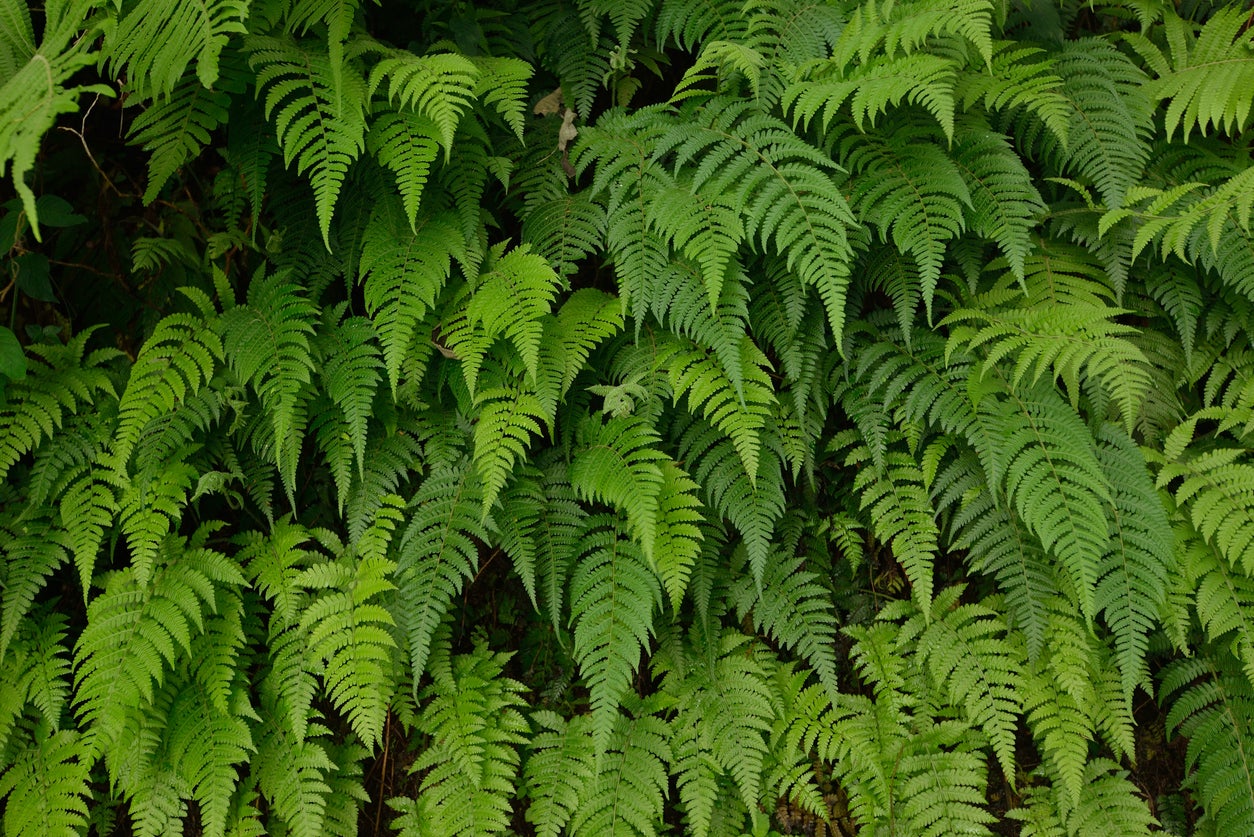 Common Fern Varieties: Learn About Different Ferns To Grow
Common Fern Varieties: Learn About Different Ferns To GrowIf you’re searching for an unusual type plant to use in mostly shaded areas, consider the graceful textures and forms of fern varieties. Take advantage of various types of fern plants to grace the wooded landscape. Click here for some suggestions.
By Becca Badgett
-
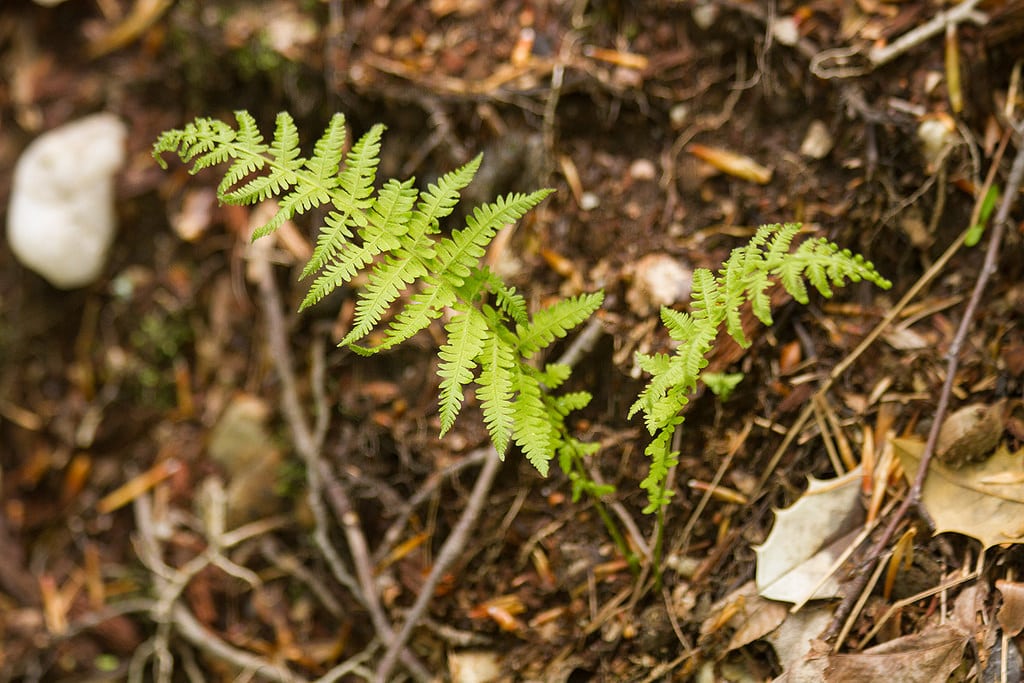 New York Fern Plants – How To Grow New York Ferns In Gardens
New York Fern Plants – How To Grow New York Ferns In GardensNew York fern, Thelypteris noveboracensis, is a woodland perennial that is native to and found throughout the eastern U.S. Learn more about the fern in this article and consider putting this native plant in your woodland garden or natural wetlands garden.
By Mary Ellen Ellis